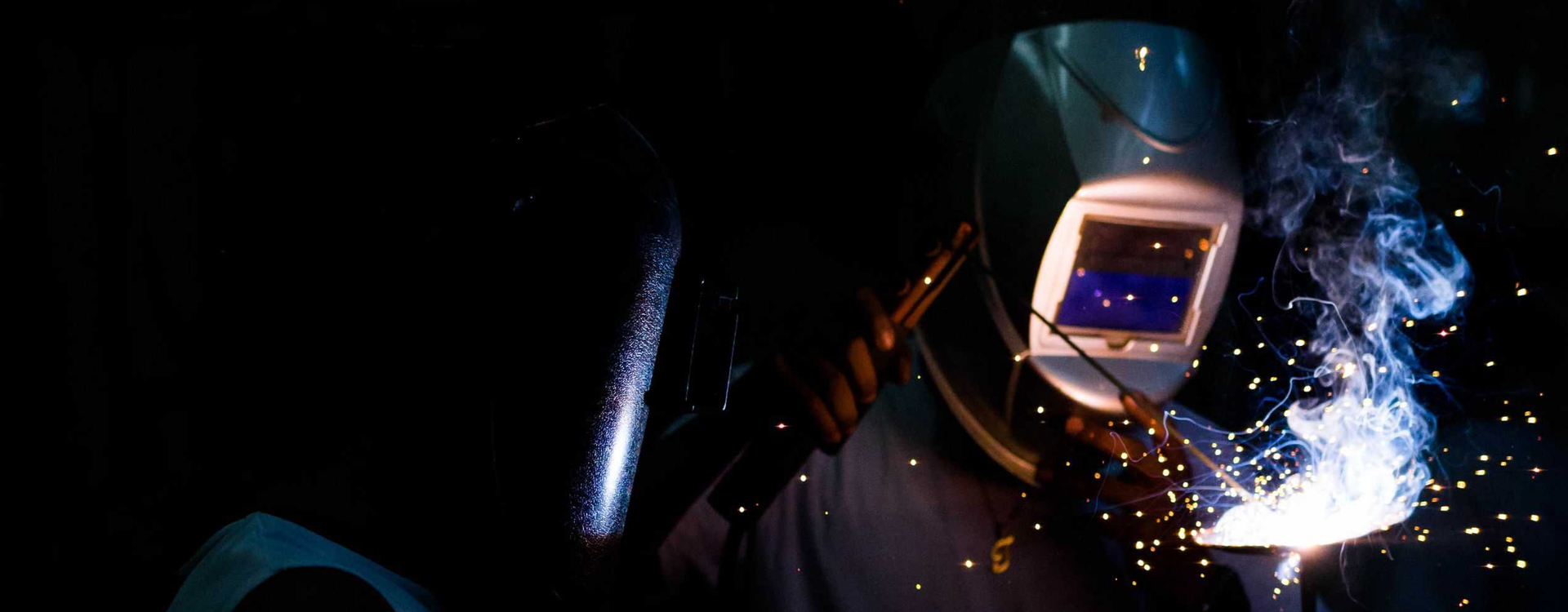Seminar Details
This study investigates the enhancement of mechanical, thermal, and fracture behaviour of glass fiber-reinforced polymer (GFRP) composites through the incorporation of pristine graphene, introduced in both randomly dispersed and electrically aligned (along z-direction) configurations. A novel electric field-induced alignment method was employed to orient multi-layer graphene (MLG) along the through-thickness direction, promoting improved out-of-plane and shear performance in the laminate. MLG content optimization in randomly dispersed composites revealed 0.5 wt.% (R0.5) as the most effective concentration, providing notable improvements of 10% in flexural strength, 19.4% in tensile strength, and 28% in storage modulus over neat GFRP. Higher content (0.7 wt.%) resulted in performance reduction due to agglomeration and increased resin viscosity. At the optimized 0.5 wt.% content, aligned composites exhibited superior mechanical properties with increasing alignment voltage. The composite aligned at 800 V (A800) achieved maximum enhancements, i.e. 22% in flexural strength, 28% in flexural modulus, 15% in tensile strength, and 12% in tensile modulus relative to the randomly dispersed counterpart. Dynamic Mechanical Thermal Analysis (DMTA) results showed a 28% and 55% rise in storage modulus for A800 over R0.5 and neat composites at 40 °C, respectively, alongside an increase in glass transition temperature (Tg). These findings demonstrate the effectiveness of electric field-assisted graphene alignment in engineering multifunctional, high-performance GFRP composites for advanced structural applications.



